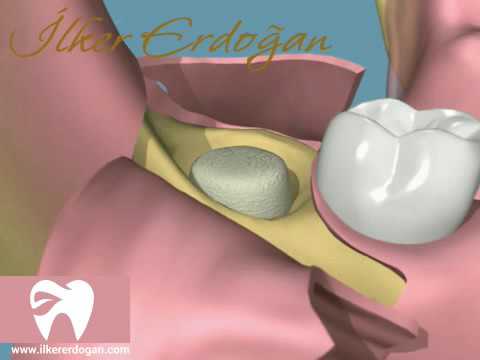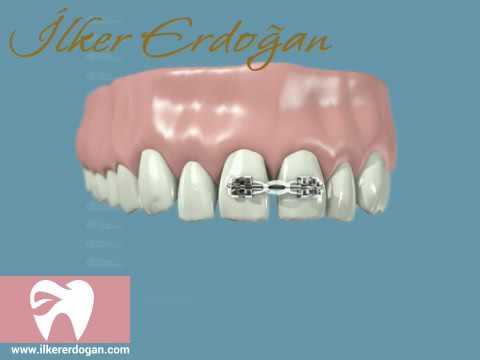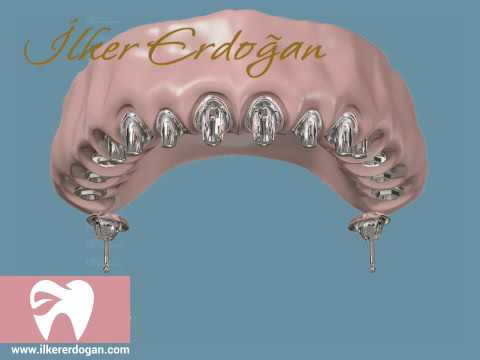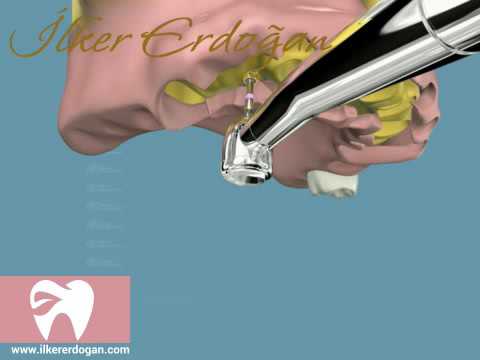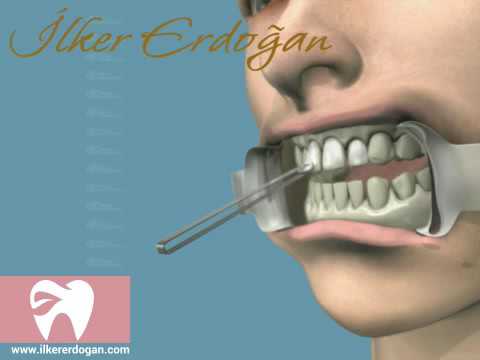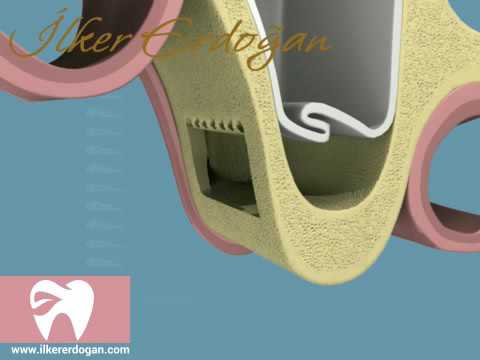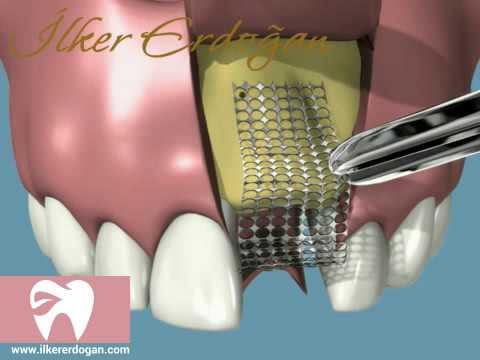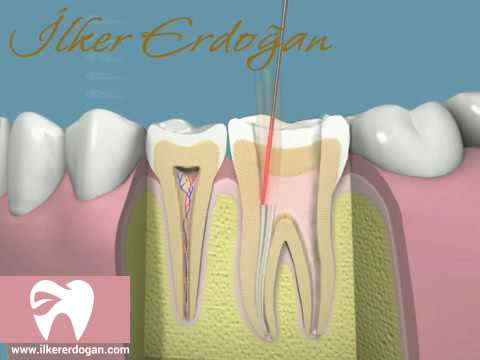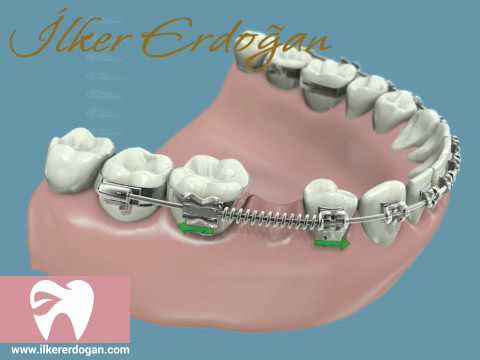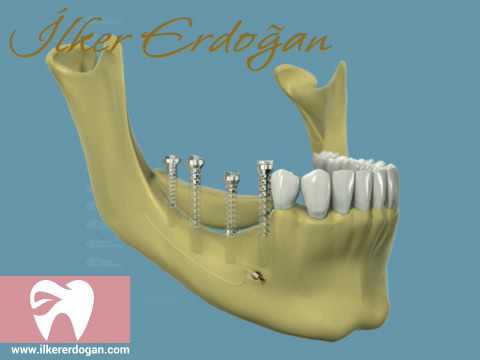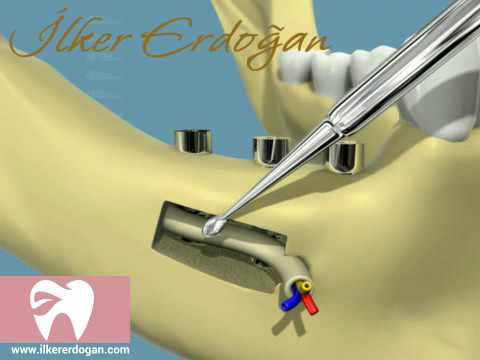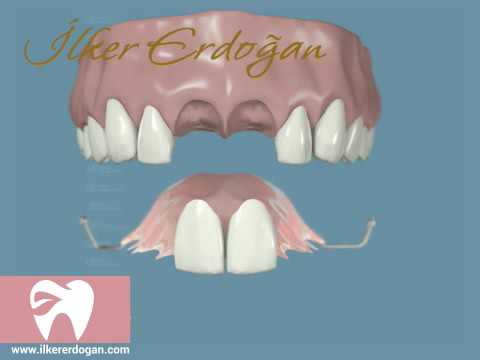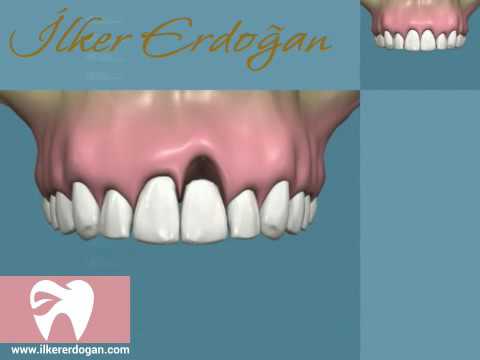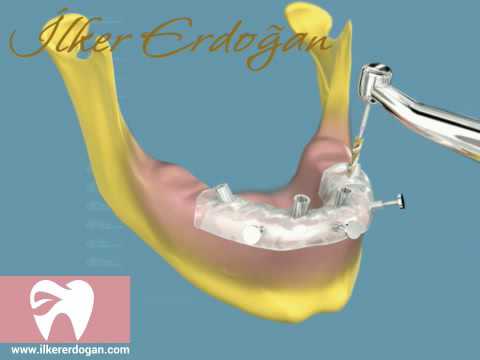There is one way to facilitate dental treatments in patients experiencing the classic fear of dentists: sedation. A variety of drugs can be used for this process, which also means sedation. These drugs can be given mostly through a mask placed in the nose, or they can be administered through a vein. In dentistry, sedation application can be done only at the request of the patient, in people who are very nauseous during the procedure, in those who have communication problems that cannot allow treatment, in patients with diabetes, blood pressure problems for a long time, in procedures that may last too long.
In this procedure, the patient does not lose consciousness completely, he can carry out the instructions given to him by the physician. Sedation does not prevent the patient from feeling pain, the patient should be given additional anesthesia after the sedation is applied. In the meantime, the patient has been relieved of his or her concerns and is in a good position to cooperate. Since stress does not occur, treatment can be done without problems in patients with diabetes and blood pressure problems. Fainting, vomiting or fatigue are not seen during the procedure. As soon as the medication is stopped, the effects on the patient begin to diminish, and the patient can be sent home without any problems after rest. When the sedation wears off, the person does not remember any procedures, including anesthesia.
MEASURING QUALITY OF LIFE
The importance of the relationship between oral and dental health and quality of life in dentistry made it necessary to make quality of life assessments. Although 20 years ago, there were no indices measuring the relationship between oral health and quality of life, today there are a number of scales assessing the impact of intra-oral problems on health and quality of life. Quality of life scales associated with oral health are used to describe the functional, psychological and social effects of oral problems.




